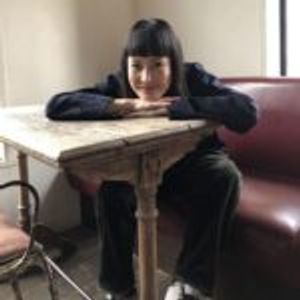The collaboration collection by “NEIGHBORHOOD,” the globally renowned brand from Japan helmed by Shinsuke Takizawa and JUN INAGAWA, an artist, illustrator, and cartoonist, has been launched. This second collection includes figures, T-shirts, and incense featuring magical girls from Magical Destroyers, an anime series created by JUN INAGAWA.
What is the message contained in the products created by these two men, who are deeply immersed in the culture they have discovered and continue to give shape to their ideas through fashion and art, after hitting it off with each other? This would be the most powerful collaboration that will make the scene even more fascinating in the future.
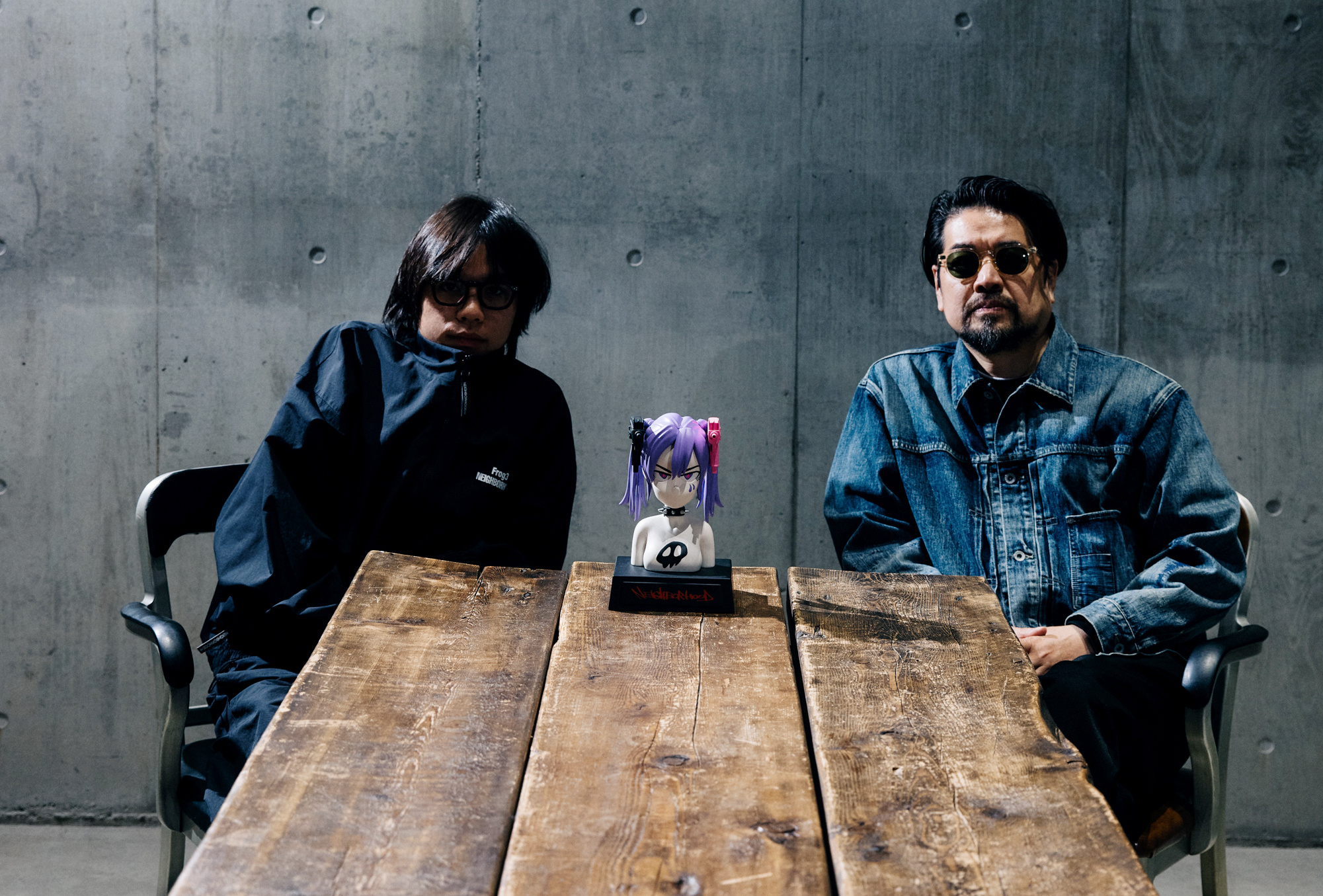
JUN INAGAWA
JUN INAGAWA was born in 1999 in Tokyo, Japan. In 2012, he moved to San Diego, U.S.A. His drawings gradually gained recognition from the players of street culture, such as skateboarding and hip-hop scenes, in LA, leading to an offer for collaboration from A$AP ROCKY. After returning to Japan in 2018, he has been active as an up-and-coming artist with his unique style that connects anime and street culture. He has collaborated with apparel brands, provided artwork to music artists, and is also active as a DJ. Currently, he hosts a monthly party called “MAD MAGIC ORCHESTRA.” On April 7, Magical Destroyers (TBS and its affiliated TV stations), the TV anime series based on INAGAWA’s original story, for which he is also in charge of illustrating, was started. He also started a 3-piece electro band, Flog3.
Instagram:@madmagicorchestra
Shinsuke Takizawa
Creative director of NEIGHBORHOOD Shinsuke Takizawa was born in 1967. After working at FILE RECORDS inc. as a record label manager for MAJOR FORCE, he started NEIGHBORHOOD, a brand inspired by motorcycle culture and military style, in 1994. It has become a globally recognized brand representing Japan from Harajuku, with stores throughout Japan and Asia and distributors in Europe, Asia, the U.S., Australia, and other countries, demonstrating its enduring popularity. In March 2023, the brand opened a new store in Taiwan.
https://www.neighborhood.jp
Instagram:@neighborhood_official
Instagram:@sin_takizawa
His story and mindset were just interesting and surprising.
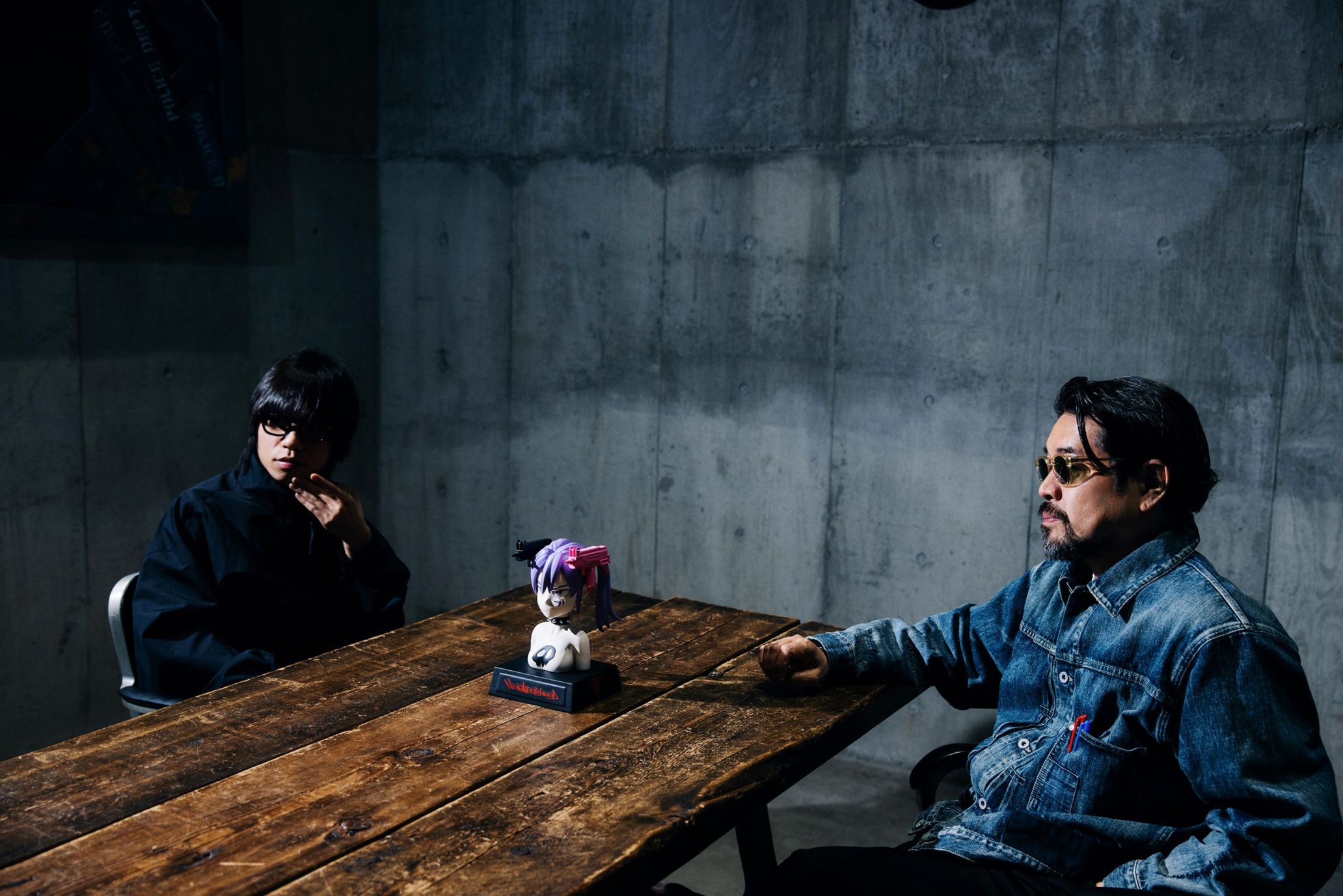
–First of all, JUN, please tell us how you came to know about NEIGBORHOOD.
JUN INAGAWA (JUN): A very good friend of mine, who is like an uncle to me, has always loved NEIGBORHOOD. Although he is not related to me by blood, he has been like a mentor who taught me about the culture.
Shinsuke Takizawa (Takizawa): Wait! You are not related to him by blood!?I thought he was your real uncle (laughs).
JUN: We are so close that I keep calling him “uncle.” He’s called “NORI,” and he’s been closer to me than my parents since I was little, and he’s the one who taught me about culture other than anime. I saw him wearing NEIGHBORHOOD’s T-shirts and accessories, and I had been interested in what it was about since I was a little kid. So I bought some incense the first time I went to the Harajuku store. I loved the smell of the incense when I entered the store. I used to go to the store before it was renovated, but I didn’t even know the word “Ura-Hara (the common name given to the network of smaller Harajuku backstreets)” back then. That was when I was about 18 years old, right after returning from America.
Takizawa: You came to our collection with that “uncle” guy. We met for the first time, and that was four or five years ago, I think. That’s when I heard about you and learned you were an artist.
–I first learned about the close relationship between JUN and NEIGHBORHOOD through “HUMUNGUS,” an event held during the COVID pandemic. Takizawa-san, were you interested in the youth culture that JUN was involved in?
Takizawa: I’m not particularly fond of anime, but I found his story and mindset interesting and very surprising. If he were just one of those young artists, I would not have connected with him, but we could get together probably because he knew the culture of, say Ura-Harajuku. My daughter is 20 years old this year, so JUN is like a son to me (laughs).
JUN: He told me that his daughter likes anime. I didn’t have much of a preconceived idea about Takizawa-san. It could have been different if I had been a big fan of him for like ten years, but I was happy to have conversations with him casually even though I was supposed to treat him with greater respect because he was much older than me.
Takizawa: What is interesting about him is that he not only draws animation but also creates his own pieces of work, and he hung out with A$AP ROCKY when he was in the US. And yet, he also has a deep knowledge of Ura-Hara culture. It’s all a mystery. I’m like, “What the hell is this boy?”
JUN: I have answered this question in every interview, but people don’t seem to understand it. I don’t know how to tell them either. To put it simply, I was just one of those anime geeks, but I got hooked on skate videos that my uncle taught me. My anime-style drawings of skateboarders who belonged to the community around Supreme and Fucking Awesome went viral on Social Networking Sites, leading to getting to know A$AP Bari and then to a collaboration with VLONE. But at the time, I knew nothing about A$AP ROCKY, Bari, or hip-hop. The only music I knew was anime songs and Mr. Children. But then I started working with them.
Takizawa: So you were not particularly interested in hip-hop?
JUN: Well, I was interested in people who were doing hip-hop. I wondered why they were interested in hip-hop, drinking outside, skating, and having fun. When I talked to them, I learned that some were from disadvantaged families and had various reasons for getting together. All these things led me to meet Takizawa-san after coming back to Tokyo. That was when I was 18 years old.
Takizawa: When we were 18, we had a lot of input from the people around us. Back then, I met Hiroshi (Fujiwara) in Tokyo and learned about various club music, so I guess people reach the stage of input at the age of 18.
New cultural trends are born out of rebellious spirit.

JUN: When I returned to Tokyo and met all the people I’m working with now, I was in a state where I could accept anything. I took inspiration from various things and digested them in my mind. Until I turned 20, I took in everything, digested it all, and tried to make my works out of the chaos. So in the early stages of my career, I would paint on the walls, and it was a mess. When I was around 18 or 19, I was rebelling against something; I don’t know why though.
Takizawa: That’s one of those things you want to do when you get to that age. You want to be passionate about something and do what you want to do, even if it means making imaginary enemies.
JUN: That’s when I started making the kind of animations that are on TV now. So my way of thinking was changing quickly. I was 19 years old when I made the animation being broadcast currently, so this work is from a very long time ago. And I did my first collaboration with NEIGHBORHOOD in 2020, right?
–-Takizawa-san, was it you who asked for a collaboration?
Takizawa: I’m not sure. It was like, “Let’s do something!” but I don’t remember in detail. We just came up with the idea when having a normal conversation.
JUN: I also like the “Let’s do something” attitude as an extension of something else. What often happens to me is that even if someone says, “Let’s do something!,” nothing happens. I have decided to remove myself from such people. They are not interested in me. Conversely, those who support me and think I am an interesting person will definitely make something happen, making me believe that I’ve found a missing piece of the puzzle.

Takizawa: On top of that, he was kind enough to create a helmet with a story and gave it to me as a gift, and although he is as young as my child, we have a relatively collegial relationship.
–In terms of what can be associated with helmets, Takizawa-san’s and JUN’s ideas may have something in common.
Takizawa: As far as I’m concerned, helmets reminds me of the band The Timers.
JUN: Come to think of it, Takizawa-san mentioned The Timers. I was also very interested in what the club scene was like when he was younger. So he told me many stories about when he was my age. Then, when I was 18, I saw The Timers’ PV and thought, “This is it!”.
Takizawa: One wouldn’t usually think so even if one sees The Timers’ music video at the age of 18 (laughs).
JUN: I guess I saw a video of them singing a song that included words banned on TV. That looked absolutely cool. Punk is an attitude, not a fashion. And I thought, “They are doing punk properly.” There are a lot of people in punk fashion now. But I’m like, “That’s not punk!”. More specifically, their attitude is not punk. I didn’t expect much, but The Timers were a very proper and extreme punk band. That’s how I fell in love with Japanese punk and started digging Malcolm McLaren and other foreign bands.
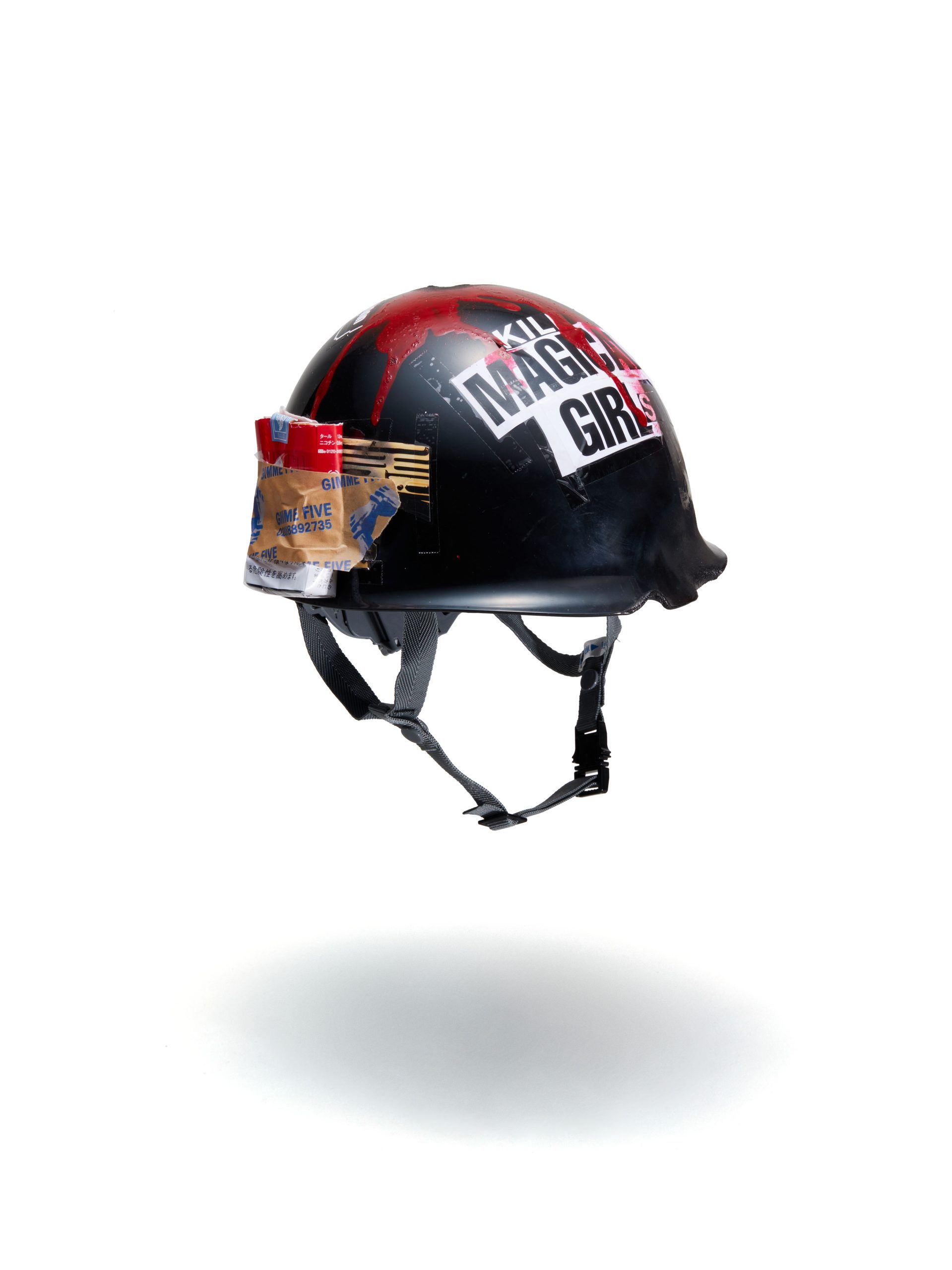
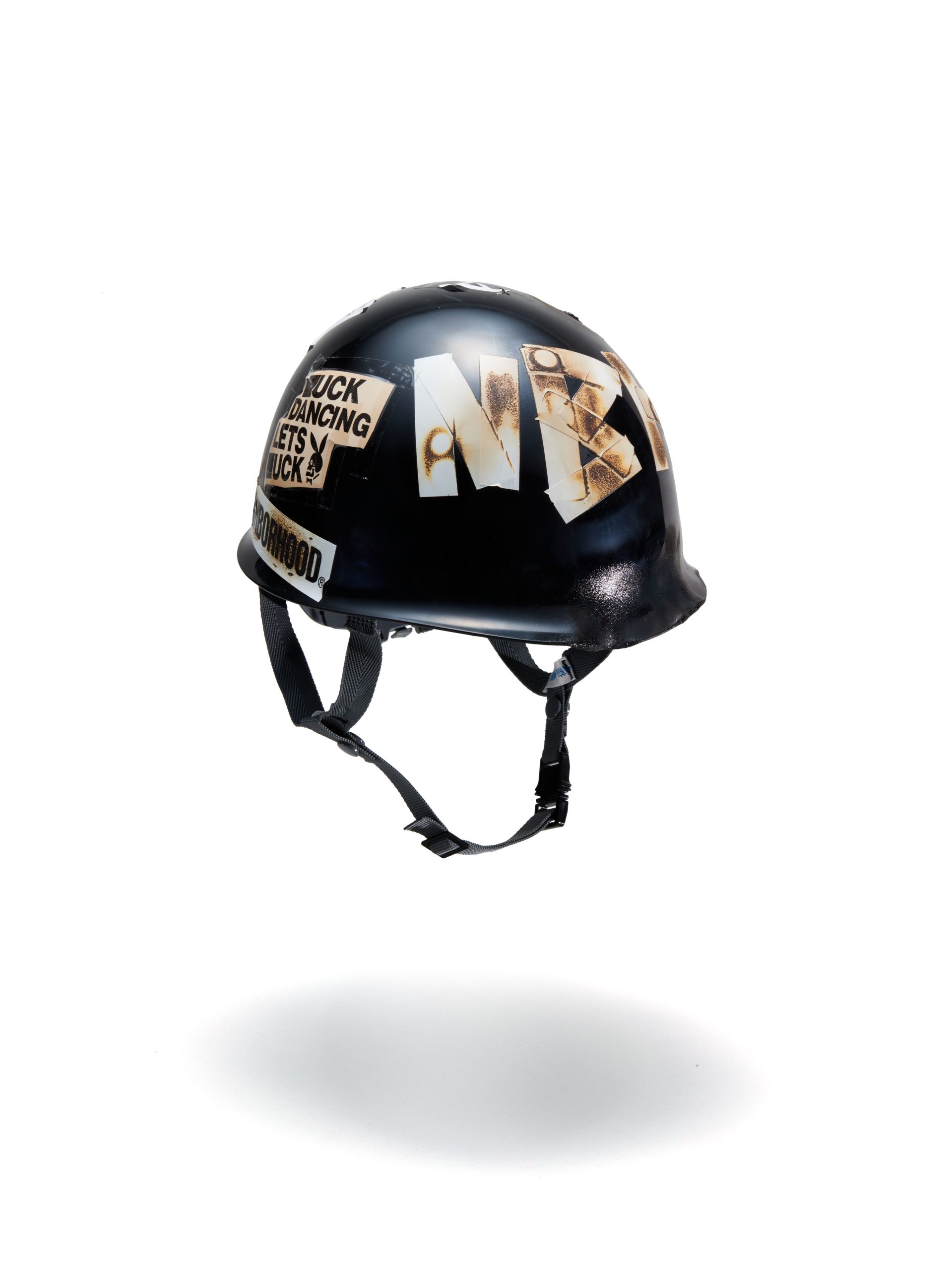
Magical Girl and UZI, inspired by ATARI TEENAGE RIOT
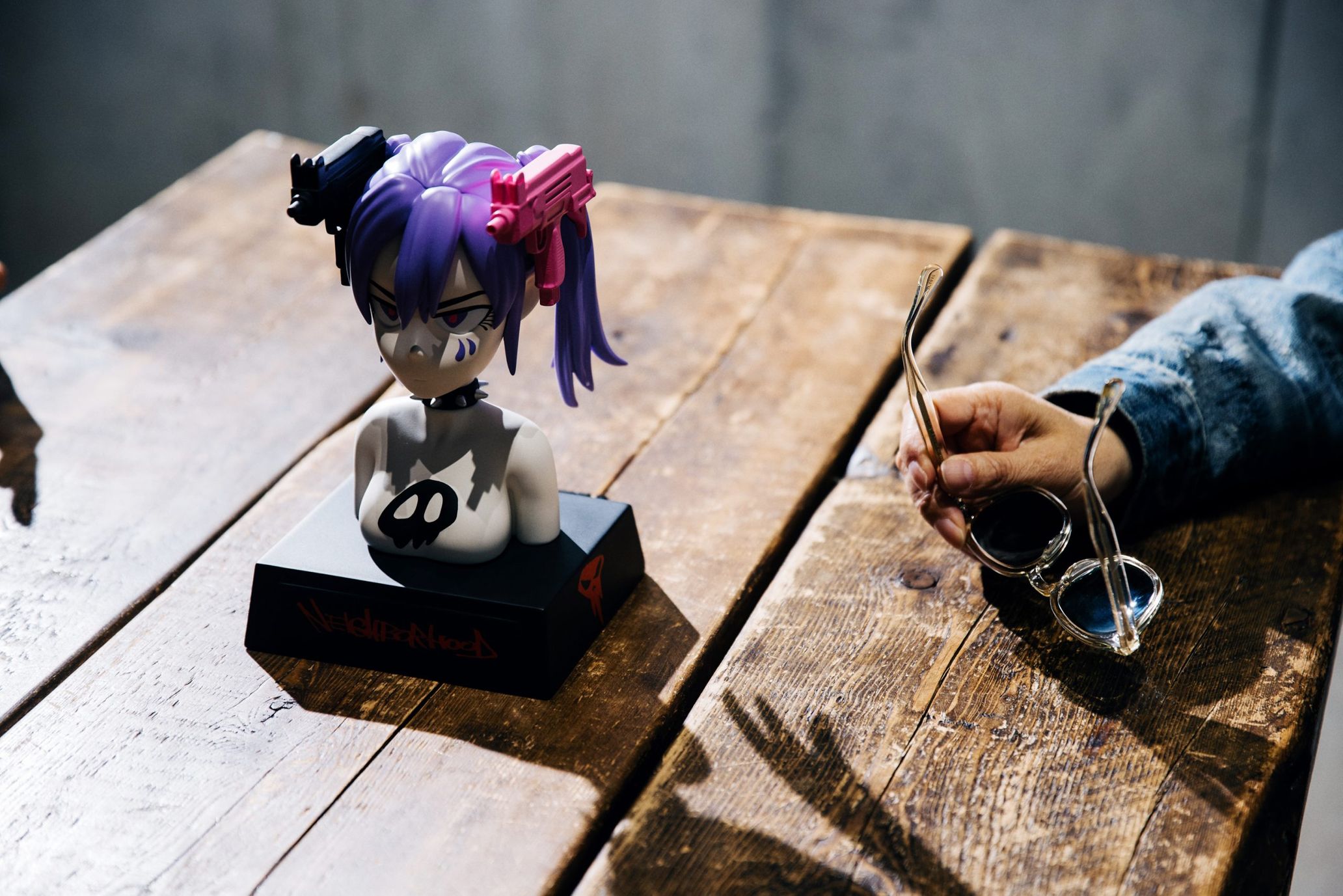
–Please tell us about the figures you created together for this project.
Takizawa: I really wanted to make an incense burner, but this time I decided to make a figure. At first, I was going to make one with a UZI (Israeli machine pistol) attached to its head, from which incense smoke would come out, but this was impossible due to structural problems. However, the finished product was very satisfactory, more delicate, and heavier than the one made of ceramics. This is the second time I have collaborated with Jun, but the first time we have made a three-dimensional piece from a two-dimensional work. So it was a big step forward. We also made T-shirts and incense. I like the fact that UZI is on the figure’s head.
JUN: I have never drawn a magical girl with UZI on her head before. I put it on her head because I found an Atari Teenage Riot T-shirt with a UZI printed on the back, and I drew it as it was. Then I watched ATARI’s videos and learned that they had previously worked with NEIGHBORHOOD.
–I remember that when NEIGHBORHOOD held a show as part of Fashion Week in the past, the show was a live performance of Atari Teenage Riot instead of a runway show. That way of launching the collection was just so surprising.
Takizawa: That was not a fashion show! (Laughs.) Instead of having a runway, the members of the band were wearing our clothes during the show. The people who came to see the show must have expected a runway, so when it started, they were like, “What the hell is this?”
JUN: That’s sick! But I kind of understand why Takizawa-san wanted to have a live show instead of a runway when doing a fashion show. When I do a project, I also feel like I want to destroy it. Of course, I still stick to my common sense, though.
Takizawa: I tried to destroy the idea of a runway show by showing “DESTROY FASHION” on the LCD monitor. So it’s also lovely to hear that JUN sampled this UZI from ATARI.
JUN: It would also be nice if the flags bounced out of the UZIs! (laughs).
Takizawa: (laughs).
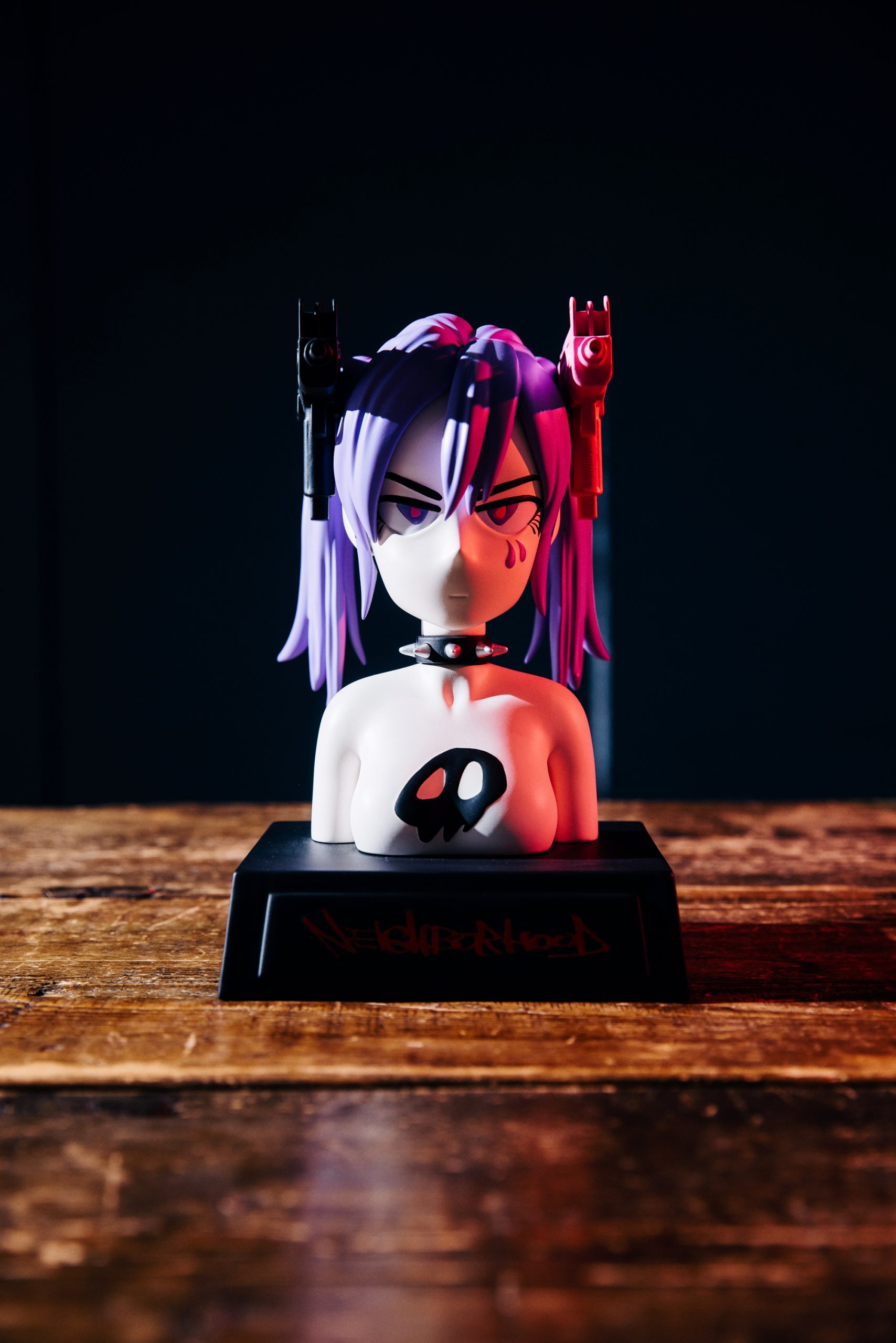
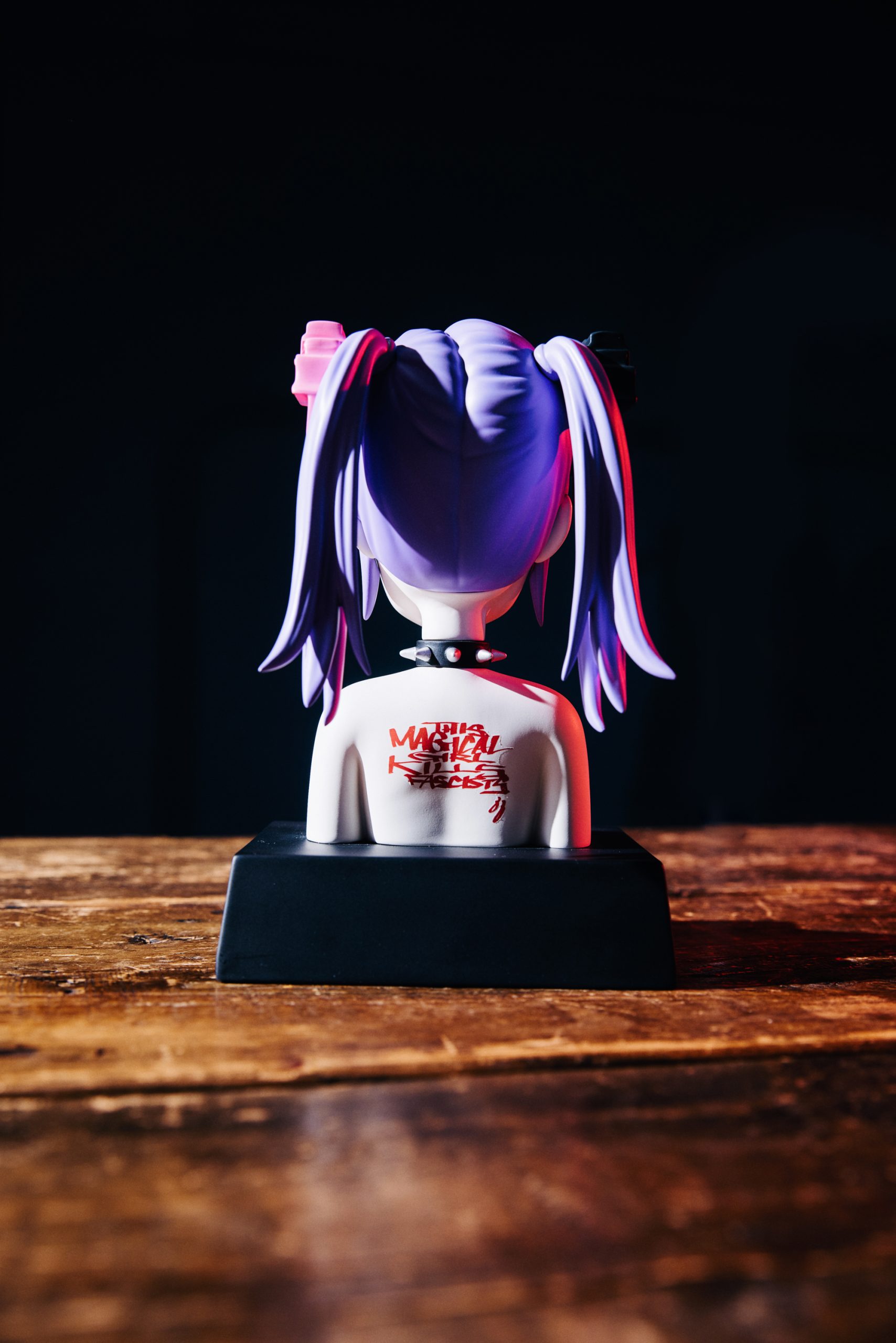
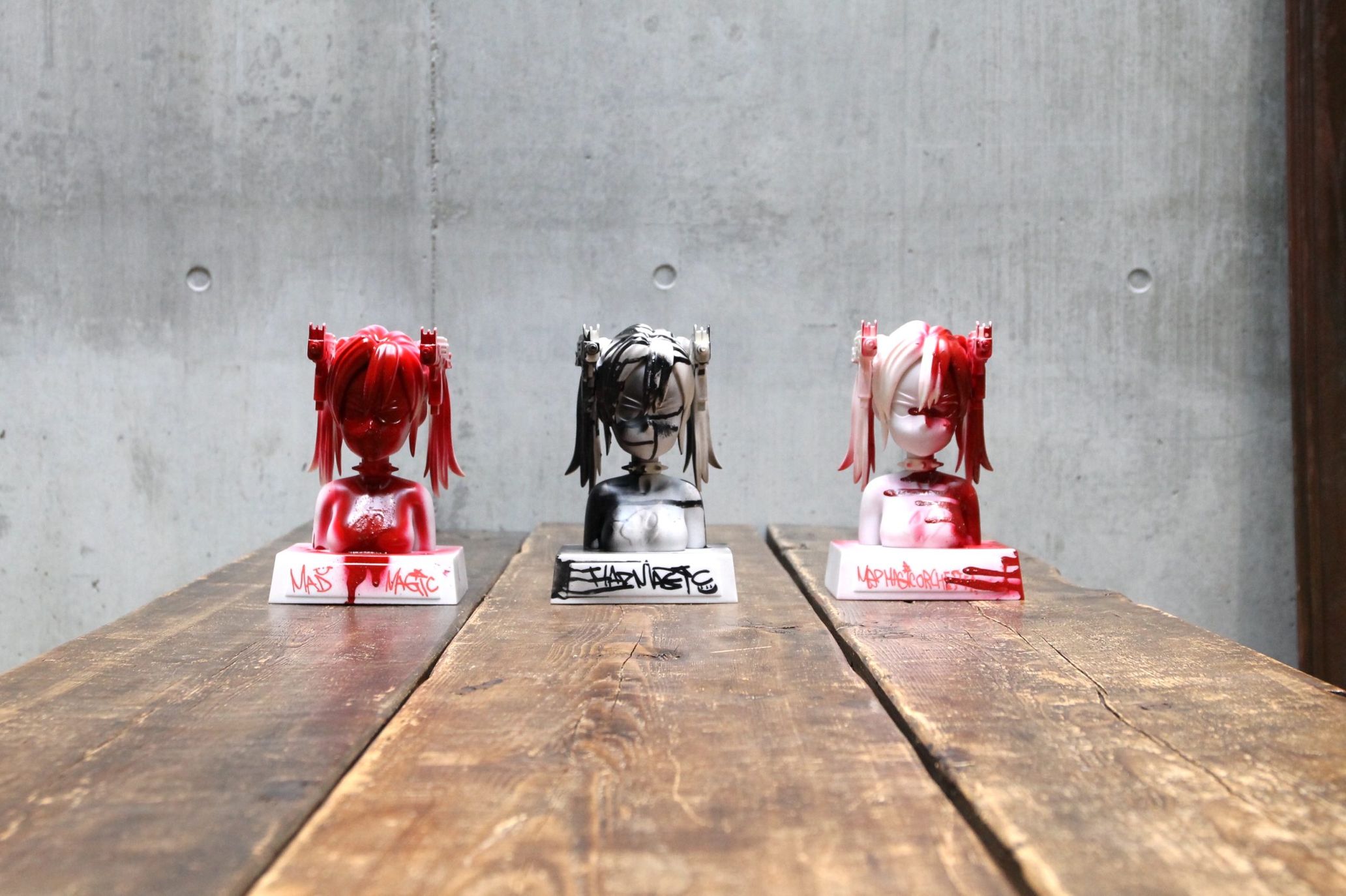
JUN: Aside from inspirations from Atari, this twin-tail hair was derived initially from an anime I created. I drew this girl when I collaborated with NEIGHBORHOOD for the first time. She had purple hair and UZI. This time, the brand made this girl into a three-dimensional figure.
As for making a piece of art, I am not familiar with contemporary art, and I have lived my life without being exposed to the world of art. Visual art requires experience, money, and space. And I have a problem with capitalism. In other words, I’m not too fond of the idea that art is only about what can make money. That’s why I like communicating with people through my feelings and emotion, like when I made the helmet and gave it to Takizawa-san. I like to draw pictures, so when I meet people, I always draw their portraits, but I sometimes get told that this lowers the value of my work of art. But I like how it can get through speedily to people, just like when one draws graffiti vigorously on a wall.
Takizawa: That is very artistic in a true sense.
JUN: (Looking at the works displayed in the press room) Whose work is this?
Takizawa: Kostas (Seremetis).
JUN: I have always thought this piece was cool and wondered who it was by. We are going to do a pop-up to mark the launch of the collaboration, and I’m thinking of painting my first Kostas-inspired canvas work at that time. I have never painted on canvas, but I decided to try painting something of this size. Takizawa-san was also the one who allowed me to do that.
Takizawa: Yeah, you should try painting that.
JUN: I thought drawing something just by following my impulse would be okay. I would like to rent an ample space in the NEIGHBORHOOD and try it out. I am still exploring and challenging various things, so I don’t have anything that can introduce myself, like, “This is JUN INAGAWA!”
Takizawa: But, as can be seen from your music and DJing, you have been absorbing plenty of things and changing drastically over the past few years.
Passing on culture through crossovers transcending generations and genres
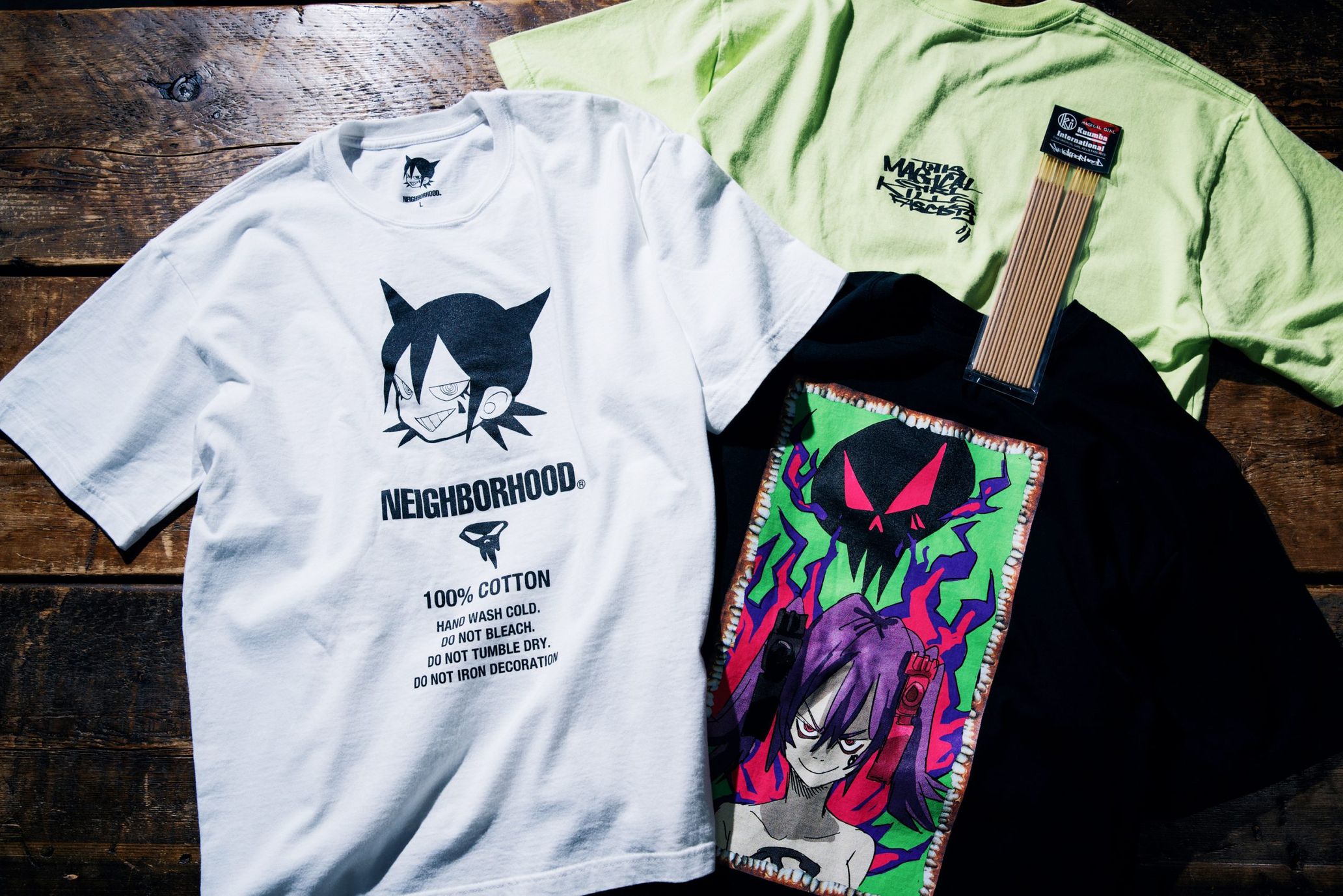
—In terms of JUN’s DJ, I saw your DJ set the other day, and that was insanely cool. It was like an improvisational live show, using all the equipment available.
JUN: If I had four CDJs in front of me, I would use them all. And if a mixer has this many functions, let’s use them all. Then, instead of using them randomly, I would think about how I could make the best use of them. I learned this from watching the Chemical Brothers live. What is interesting about our generation is that the Chemical Brothers’ songs are anthems for Takizawa-san’s generation. Older DJs are too embarrassed to play their songs, but we found them through digging in our case so we can play them without hesitation. We play them because we think they are really cool. This kind of music needs to be passed on more and more to us, the younger generation.
Takizawa: I think this is one of the charms of JUN; he can be a good hub between the older and younger generations. His communication skills are very high, and it is necessary for him to play such a role.
JUN: Perhaps, my initially vague ideas have gradually crystallized. As I continue to create, I slowly understand what I like. That goes for the same with DJ; if you are an artist who paints while DJing or a model who also DJs, you are often looked down upon. Often, they can only DJ in front of their own people, but they are not allowed to DJ with what we call “real” DJs.
But I wanted to perform with people like Shinichi Osawa and Takkyu Ishino. I don’t want to call myself a DJ until I reach that level. Now, I devote much time to practicing DJ instead of drawing pictures, and I will work on it more seriously. I’m sure that DJing and making art will finally be interconnected. For example, in anime, you create a story comprising an introduction, development, turn, and conclusion. You also create this kind of structure and development when you perform in front of an audience.
Takizawa: As for DJs, do you carefully prepare your set before playing?
JUN: I create a story in advance; I think of the one-night event as one story, I make a story, and then I book DJs accordingly. For example, the protagonist wakes up in the woods, and the story begins there. In that case, we book a DJ who can produce a forest-like sound. The story then goes as follows: the protagonist finds a UFO placed outside the forest, the UFO abducts and takes him to another planet, where he dances in a club, and so on. After creating such a story, I come up with and book another DJ. It’s a lot of fun to do that all night long.
Takizawa: Oh, so you create a concrete story for each event. It would be great if you could connect your generation with the older generation in that way. The younger generations have their own great things, and it is interesting to cross them together.
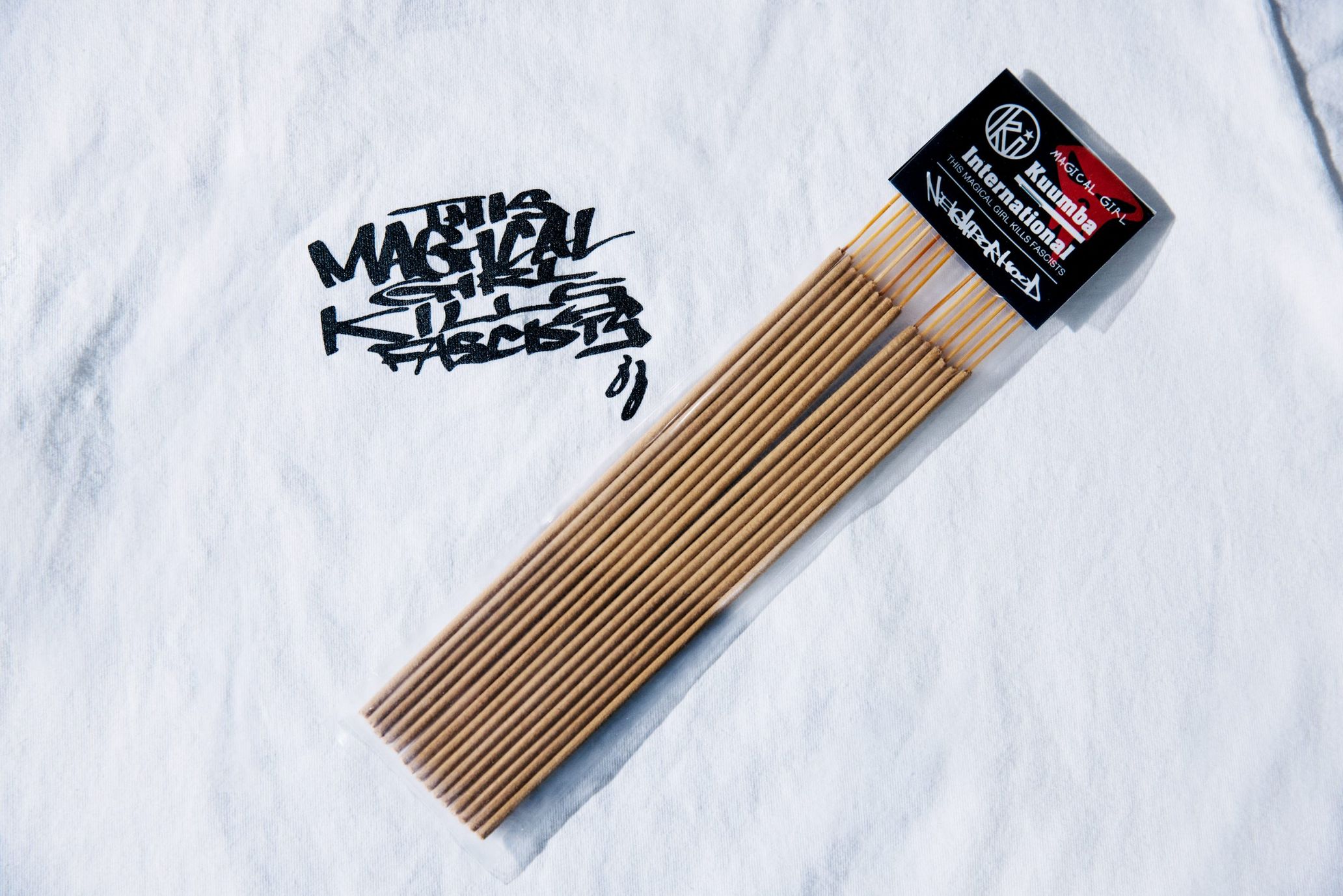
–Takizawa-san, in another interview published the other day, you talked about passing the culture onto the next generation. Is collaboration with the new generation of artists one of them?
Takizawa: Yeah. Each generation and genre has its own culture already established there, and it is acceptable to develop it in a completely different context. However, I think going back and forth between eras and cross them is even more important. It shouldn’t be that difficult if we have a collegial relationship where we can respect each other at the root.
JUN: My interactions with Takizawa-san were simple, which was great. I just enjoyed it. He gladly accepted my request when I asked him to make costumes for the band (Flog3).
Takizawa: It was just a spontaneous decision to say, “Let’s make costumes” (laughs). It would be great if I made the costumes and they wore them and performed on stage.
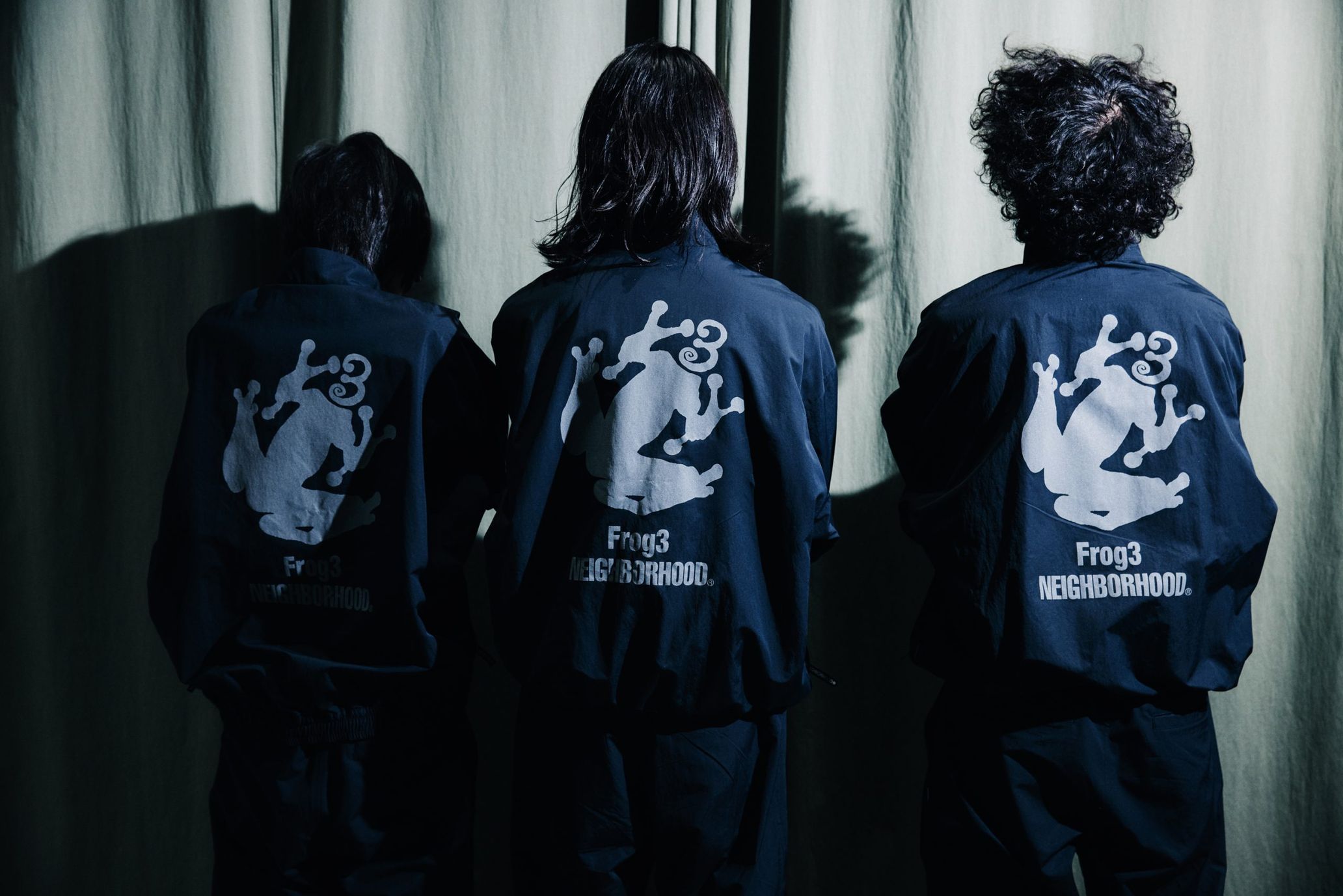
–Takizawa-san, how about starting a music label with NEIGHBORHOOD?
Takizawa: Yeah, that sounds nice. I want to do something related to music since the name of the incense (“Pacific”) that JUN has been buying for himself for a long time is also named after the British band 808 State.
JUN: Oh I didn’t know that! That’s what I like about NEIGHBORHOOD. That’s what makes me fall in love with it so much.
Takizawa: Nowadays, the younger generation is digging the Harajuku fashion of the 1990s, right? We were also digging up what the older generation had done, which is very interesting.
JUN: It must be a loop. I always talk about this in my interviews, but when we talk about anime, motorcycles, fashion, music, or anything else, everyone’s eyes sparkle when they talk about what they like. It’s just that the genres are different, but everyone has a passion, and everyone is a serious otaku. We all share the same energy for the things we love. That is why I always use the word “otaku.
Photography Takaki Iwata
Edit Shuichi Aizawa
Translation Shinichiro Sato

